Radioactive dating calculator - Calculate Radioactive Dating



Since hafnium-182 is an extinct radionuclide, hafnium—tungsten chronometry is performed by examining the abundance of tungsten-182 relative to other stable isotopes of tungsten, of which there are effectively five in total, including the extremely long-lived isotope tungsten-180, which has a half-life much longer than the current age of the universe.
Uranium 235 Dating Calculator
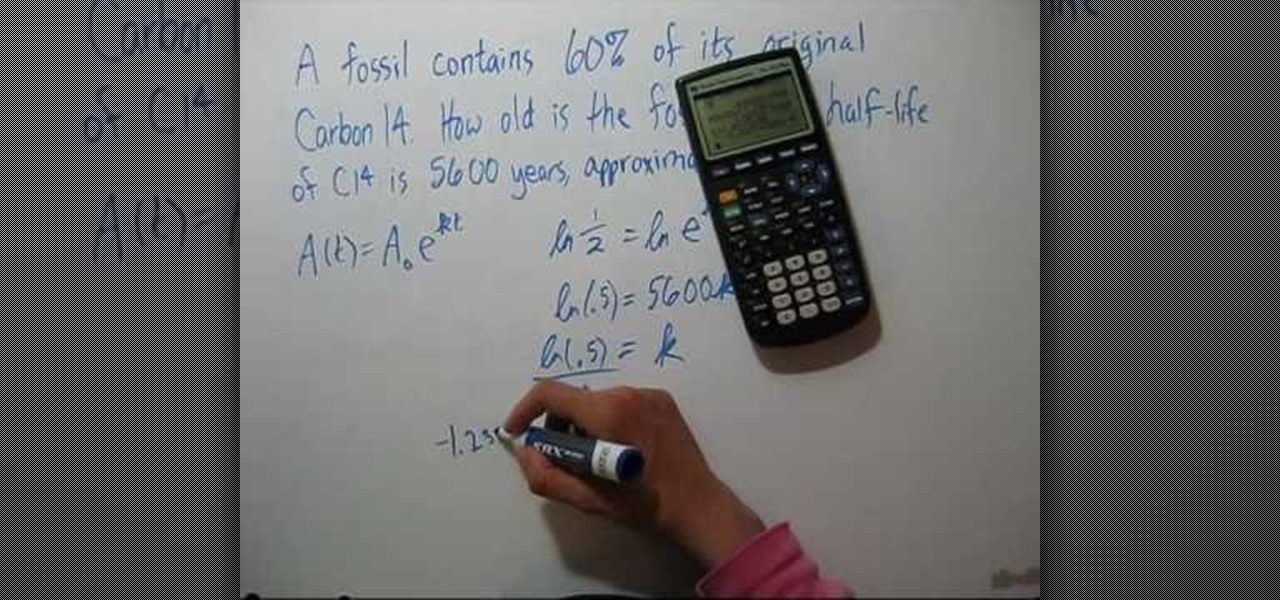
And now, we need our drum roll.
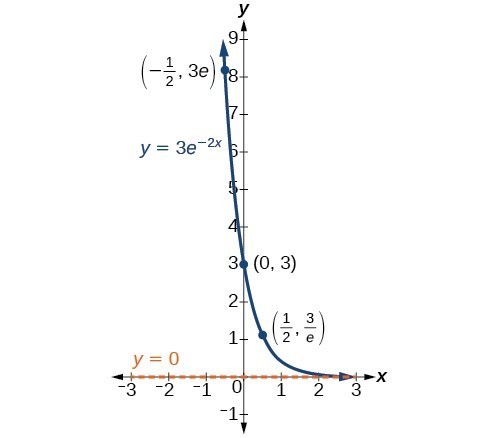


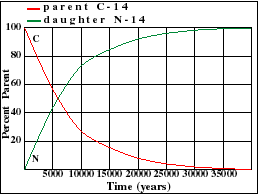
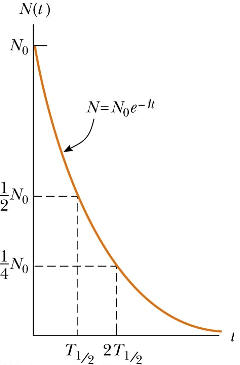
Some nuclides sample, u-235 series.
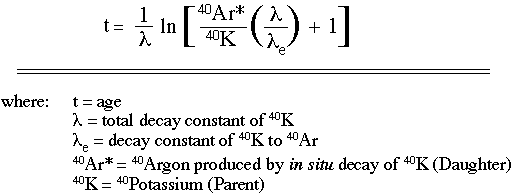
And usually, these aren't measured directly, and you really care about the relative amounts.
Iris Executives
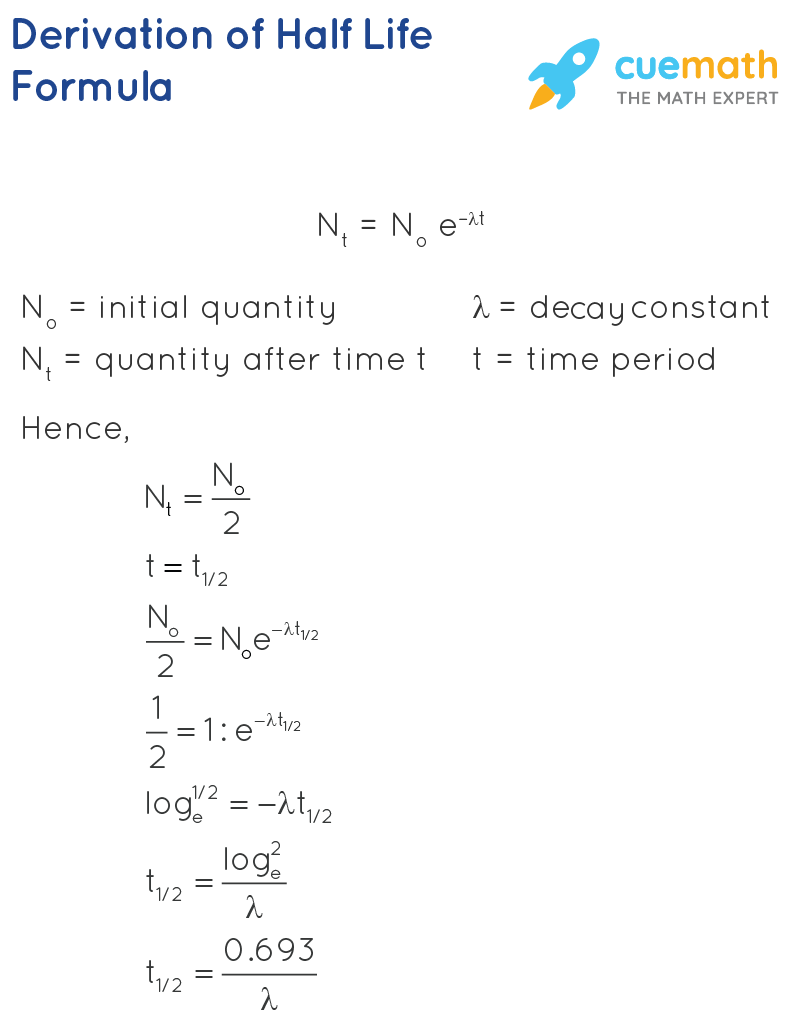
But we know that the amount as a function of time-- so if we say N is the amount of a radioactive sample we have at some time-- we know that's equal to the initial amount we have.
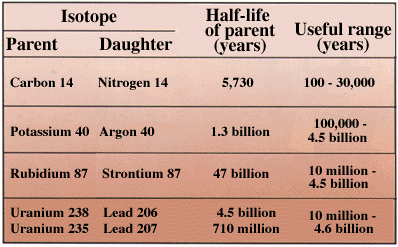
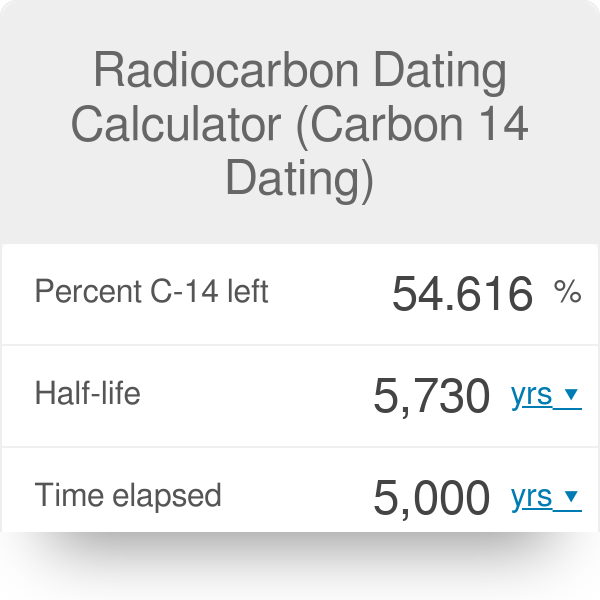
So this number is our numerator right over here.
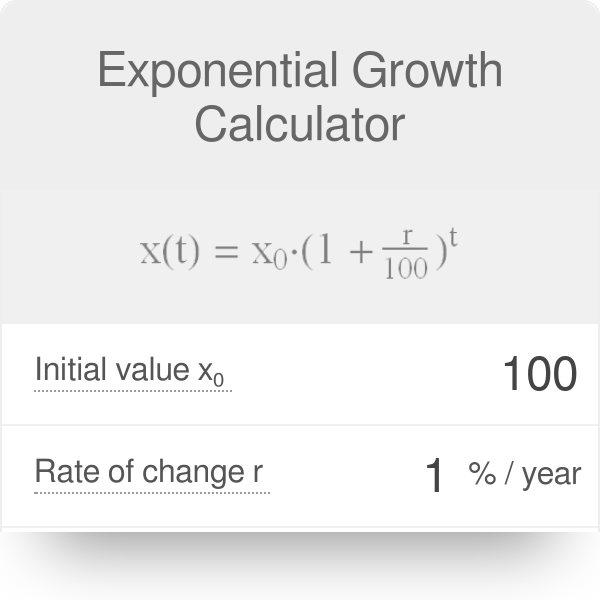
Description: Using such techniques, scientists can very accurately date ancient volcanic events and can extrapolate from these dates to learn about the ages of other rock strata.
User Comments 3


More Photos
Latest Photos
Latest Comments
- +930reps
- This is going to be equal to-- and I won't do any of the math-- so we have 1 milligram we have left is equal to 1 milligram-- which is what we found-- plus 0.
- By: Allie
- +67reps
- But let's say you were able to figure out the potassium is 1 milligram.
- By: Shaughnessy
- +863reps
- Using the half-life, it is possible to dating the amount of radioactive material that will remain after a given amount of time.
- By: Mossberg
- +936reps
- This carries the chronology back perhaps 3,500 years.
- By: Paryavi
- +54reps
- For a rough calculation these isotopes are used for any kind of carbon dating.
- By: Pistol
DISCLAIMER: All models on adultdady.pages.dev adult site are 18 years or older. adultdady.pages.dev has a zero-tolerance policy against ILLEGAL pornography. All galleries and links are provided by 3rd parties. We have no control over the content of these pages. We take no responsibility for the content on any website which we link to, please use your own discretion while surfing the porn links.
Contact us | Privacy Policy | 18 USC 2257 | DMCA



































